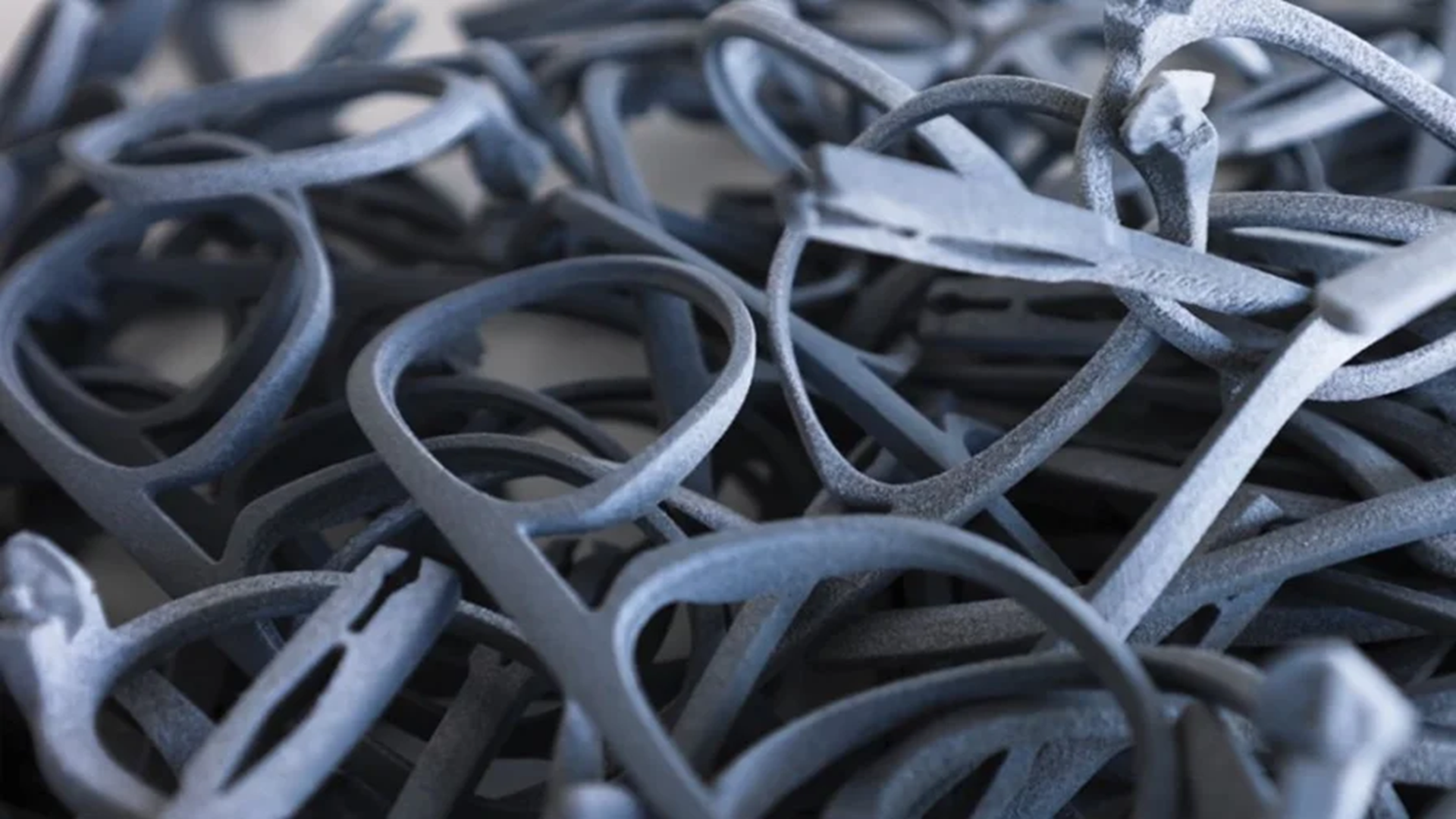If you think the topic of 3D printing seems confusing or overwhelming, you’re not alone. There’s a lot to consider. But the more you learn the clearer the picture will become. A good place to start is becoming familiar with the different additive manufacturing (AM) technologies – the 3D printing methods – that exist in the marketplace. To help you toward that goal, this post takes a closer look at one of those technologies – powder bed fusion – so you can better understand how it’s used, where it fits, and when to consider it.
What is Powder Bed Fusion?
Powder bed fusion (PBF) is a sophisticated AM process that builds parts layer by layer from a bed of finely powdered material. The method uses an energy source—typically a laser, an electron beam (in the case of metals), or another form of heat source — to selectively fuse regions of the 3D printing powder into solid structures based on a digital design. Unused powder surrounding each part serves as a natural support, enabling the creation of complex geometries without the need for additional scaffolding (except for metal).
The powder bed fusion process is divided into several broad categories differentiated by the method of heat used:
- Laser Powder Bed Fusion: Employs a high-powered laser to fuse the 3D printer powder, suitable for both polymers and metals.
- Electron Beam Melting: Uses an electron beam in a vacuum chamber, typically reserved for high-end metal applications where strength and thermal resistance are critical.
- Agent-Based Thermal Fusion: A fluid agent is jetted onto the powder bed and infrared lamps then apply heat. The powder selectively fuses where the agent has been deposited, forming the part.
Read this article in full here.





